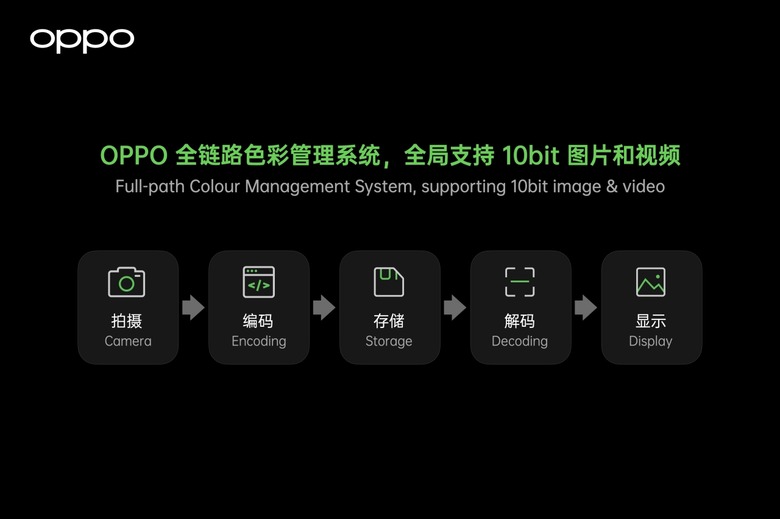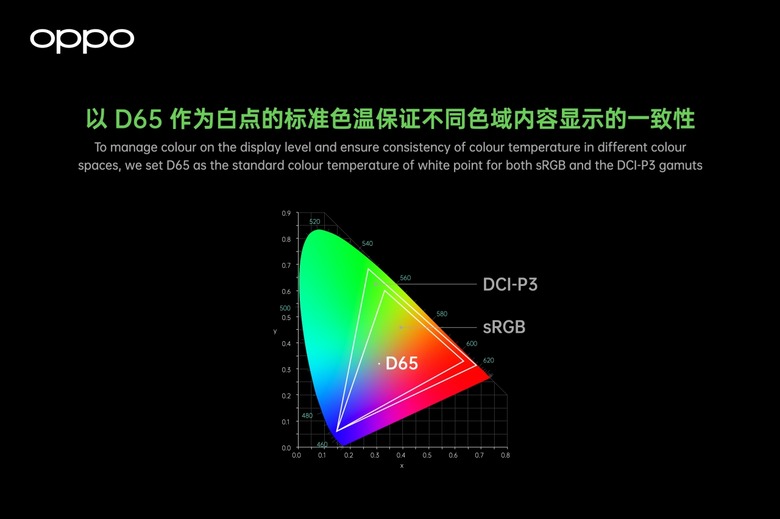OPPO Find X3 To Capture, Store, Display Images In 10-Bit Color
Smartphone trends come and go. At one point it was all about the screen, these days the focus is on cameras. There is, however, one thing that binds some of these trends together, one that is also sometimes inconsistent across the same phone. Given how smartphones are highly visual and image-oriented devices, it's a fact that color plays a critical role in delivering a quality experience. That's the kind of experience that OPPO is aiming for with the Find X3 that will put an emphasis on color quality and accuracy from the moment you snap up a photo to the time you display it on screen.
It's not always enough to have a high-resolution, pro-quality camera sensor on the phone. You also need to have a display that is capable of reproducing the quality of the image that you just captured, particularly in terms of color. That isn't always the case and OPPO is aiming to bridge that gap in its next flagship smartphone with what it calls "Full-path Color Management System".

Marketing jargon aside, what this basically means is that OPPO is promising that an image will have high color fidelity when it is recorded by a camera, store on the phone storage, and displayed on the phone's screen. Earlier this year, OPPO launched the Find X2 series which it touted to sport a 10-bit color display, which practically means it is capable of displaying a wider range of color shades, preventing the banding that sometimes occurs in images with large patches of gradient colors.
With the OPPO Find X3, however, the company is bringing that same 10-bit promise to both image capture as well as image storage. The former will be thanks to the use of Digital Overlap HDR or DOL-HDR support to record more color information by synthesizing different exposure conditions into a single image. The image is then stored in the newer HEIF format which supports 10-bit color depth at half the file size of an equivalent 8-bit JPEG image.

Unfortunately, not everyone sees color in exactly the same way and OPPO's end-to-end 10-bit color support might fall flat with some users. That is why the company is investing in R&D that will produce what it calls Color Correction Solution 2.0, allowing users to create more personalized color profiles that will take into account their unique vision capabilities. How all of these will play out in practice is one we'll have to literally see to believe.
